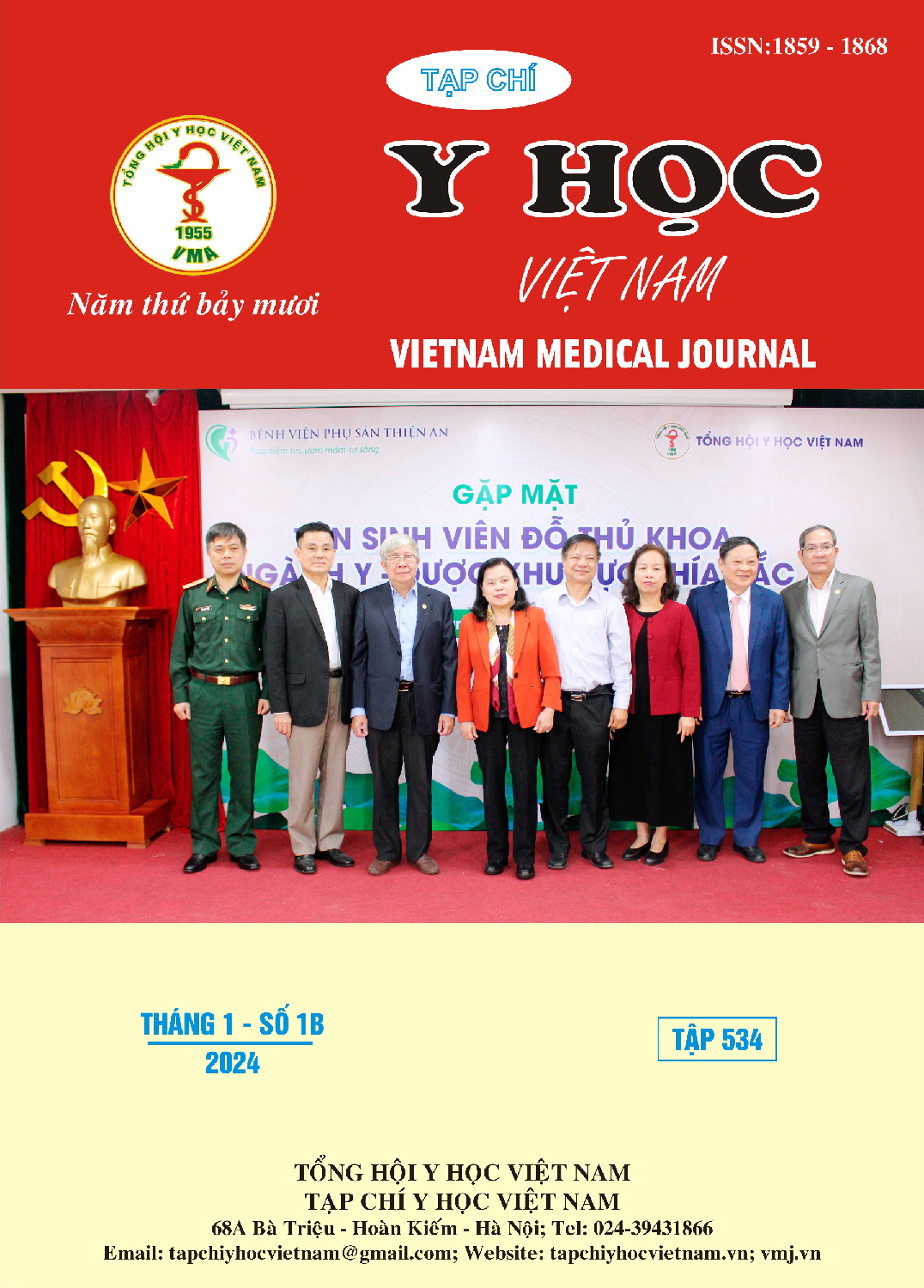VALIDITY AND RELIABILITY OF THE VIETNAMESE VERSION OF THE PRACTICAL AWARENESS PHYSICAL THERAPY QUESTIONNAIRE ON MANAGING THORACIC SPINAL PAIN
Main Article Content
Abstract
Backgrounds: Thoracic spine pain is pain that occurs in the thoracic spine area. The physical therapist's awareness is important and directly affects the results of the thoracic spine pain treatment program.. Vietnamese version of the practical awareness questionnaire on thoracic spine pain management to facilitate information collection and improve physical therapy treatment programs. Objectives: The study aimed to evaluate the validity and reliability of Vietnamese version of practical awareness questionnaire on handling thoracic spine pain by physical therapists. Methods: The questionnaire was translated forward, back translated and synthesized. The summary is sent to experts for evaluation and editing.Then, research on 30 subjects (13 men and 17 women) who are members of the Vietnam Physical Therapy Association evaluated the validity and reliability. Results: Research shows that the results of CVI assessment for content validity of the I-CVI questionnaire is 0.97, S-CVI/Avg is 0.97, S-CVI/UA is 0.917. Cronbatch's Alpha index is 0.863712. 100% of research participants rated the questionnaire as appropriate and very suitable for application in Vietnam. Conclusions: This study givesfound that the questionnaire ensures good content validity and reliability and can be used to survey physical therapy technicians in Vietnam.
Article Details
References
2. Acaroğlu E, Nordin M, Randhawa K, et al. The Global Spine Care Initiative: a summary of guidelines on invasive interventions for the management of persistent and disabling spinal pain in low-and middle-income communities. European Spine Journal. 2018;27(6):870-878.
3. Young JL, Walker D, Snyder S, Daly K. Thoracic manipulation versus mobilization in patients with mechanical neck pain: a systematic review. Journal of Manual & Manipulative Therapy. 2014;22(3):141-153.
4. Bikbov MM, Kazakbaeva GM, Zainullin RM, et al. Prevalence of and factors associated with low Back pain, thoracic spine pain and neck pain in Bashkortostan, Russia: the Ural Eye and Medical Study. BMC musculoskeletal disorders. 2020;21(1):64.
5. Heneghan NR, Gormley S, Hallam C, Rushton A. Management of thoracic spine pain and dysfunction: a survey of clinical practice in the UK. Musculoskeletal Science and Practice. 2019;39:58-66.
6. Heneghan NR, Puentedura EJ, Arranz I, Rushton A. Thoracic thrust joint manipulation: An international survey of current practice and knowledge in IFOMPT member countries. Musculoskeletal Science and Practice. 2020; 50: 102251.
7. Yến HH. Một Vài Nhận Xét Đội Ngũ Kỹ Thuật Viên Vật Lý Trị Liệu/ Phục Hồi Chức Năng Được Đào Tạo Từ Trường Cao Đẳng Kỹ Thuật Y Tế Đang Làm Việc Tại Các Cơ Sở Y Tế Tỉnh Hải Dương. Y Học Thực Hành. 2005;526:190-192.
8. Heneghan NR, Davies SE, Puentedura EJ, Rushton A. Knowledge and pre-thoracic spinal thrust manipulation examination: a survey of current practice in the UK. Journal of Manual & Manipulative Therapy. 2018;26(5):301-309.


